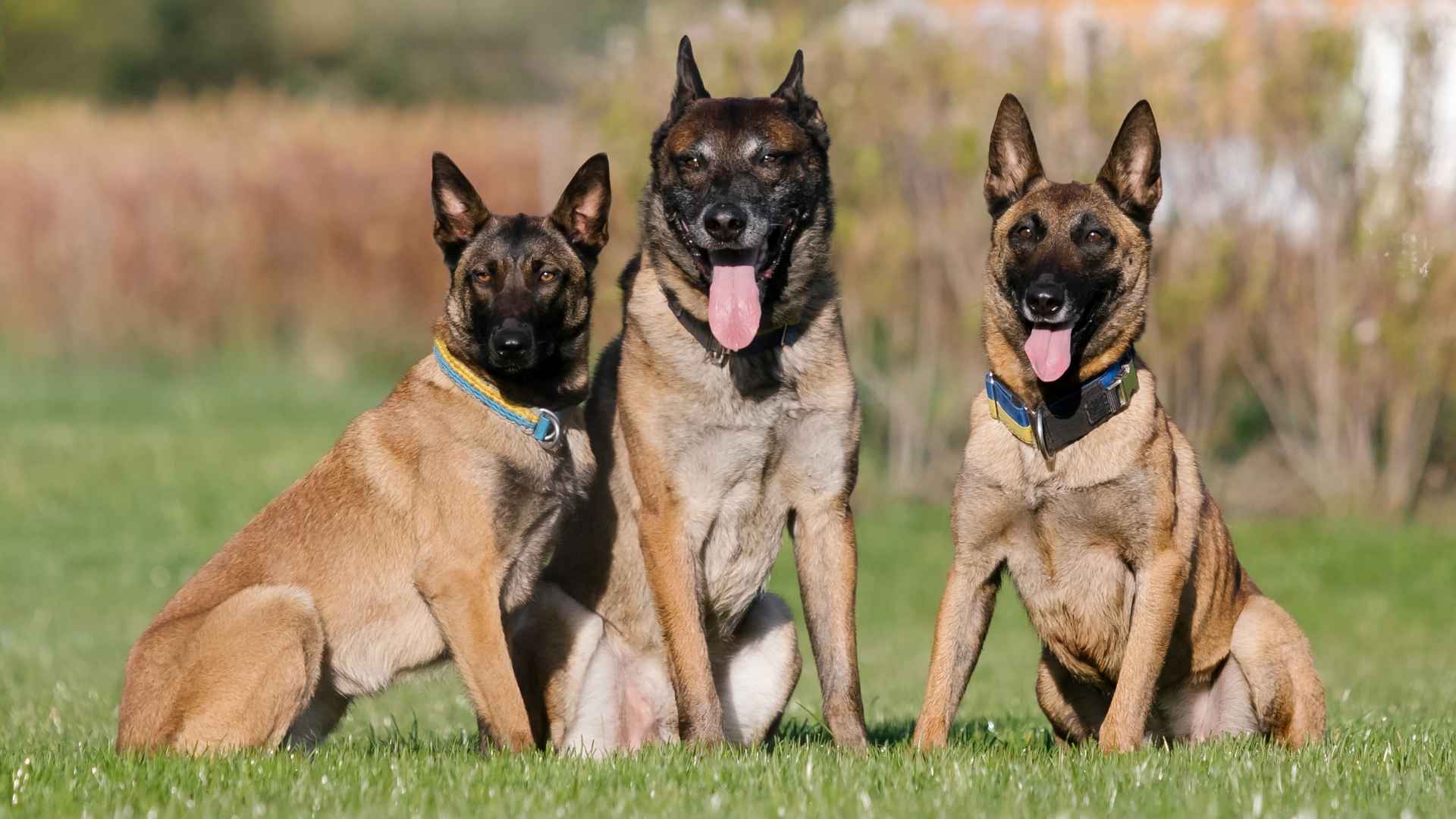Dogs have always been more than just pets—they’re partners, protectors, comedians, and loyal companions rolled into one furry package. But not all breeds are created equal when it comes to standing out as true leaders of the canine world.
Some pups bring an unmatched mix of intelligence, charm, adaptability, and heart that makes them natural “alpha” figures—not in the domineering sense, but in the way they inspire trust and admiration. Whether they’re keeping families safe, dazzling strangers at the park, or simply curling up to provide comfort after a long day, certain breeds just have that undeniable presence.
In this roundup, we’ll explore seven standout dog breeds that deserve to be “head of the pack.” Each one has unique qualities that make them shine—and depending on what you’re looking for, one of these incredible breeds could be the perfect match for your lifestyle.
Dog Breeds That Should Be The Head Of The Pack
1. Belgian Malinois
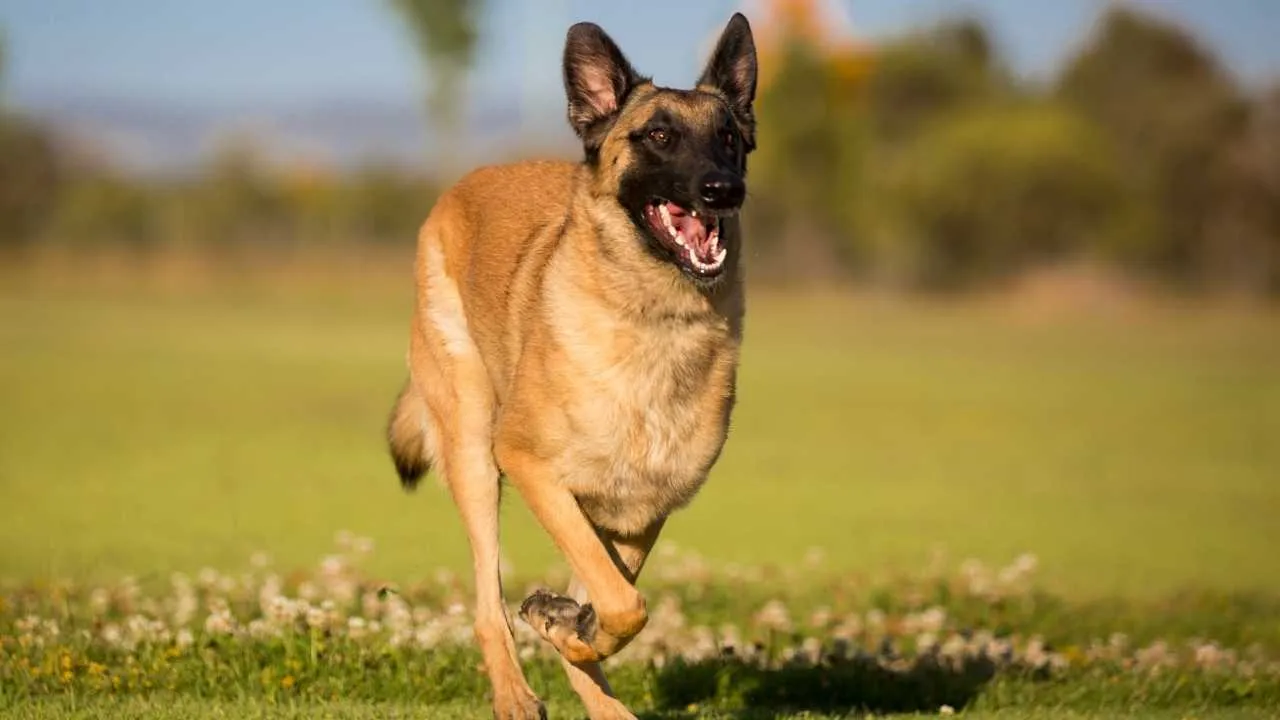
The Belgian Malinois is known for its sharp intelligence and unmatched work ethic, often outshining other breeds in demanding environments. This breed thrives when given a purpose, whether serving in police units, military operations, or guarding its family at home. With a body built for agility and stamina, the Malinois is a natural when it comes to leadership roles.
Although this breed has an intense energy level, it can channel that energy constructively when trained with consistency and patience. According to the AKC, it’s not a dog for a passive household; instead, it shines with active owners who love challenges. When given daily tasks or exercises, the Malinois feels fulfilled and balanced.
As a head-of-the-pack breed, the Malinois carries itself with confidence that’s impossible to miss. Its alertness and ability to make quick decisions allow it to act with authority in high-pressure situations. This is why it’s often trusted in roles that require courage and sharp instincts.
The Malinois displays loyalty and affection but maintains a vigilant nature. Owners often describe it as deeply bonded to its family, always ready to step in as protector. This mix of tenderness and courage makes it a versatile companion.
Those considering the Belgian Malinois must be prepared for its demanding physical and mental needs. Without proper exercise or stimulation, it may channel its drive into destructive habits. However, with the right structure, this breed excels like few others.
Quick Tips
Provide at least two hours of vigorous activity daily.
Use structured training sessions to keep its sharp mind engaged.
2. German Shepherd
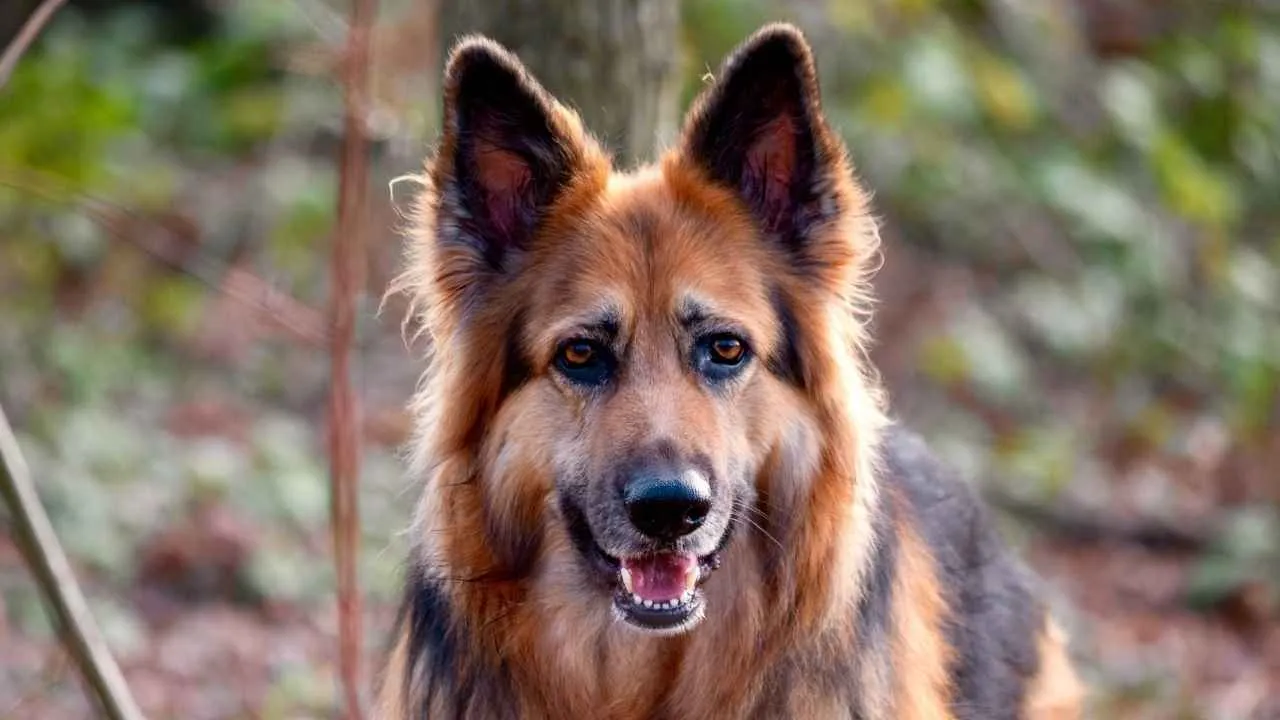
The German Shepherd has earned a reputation as one of the most dependable breeds in the world. From police units to family homes, its versatility shines in nearly any environment. Known for its intelligence, the breed quickly adapts to complex training routines.
What makes the German Shepherd especially remarkable is its natural loyalty. This dog forms strong bonds with its human family, showing deep devotion to those it loves. Its protective instincts kick in swiftly, making it both a loving companion and a reliable guardian.
As a natural leader, the German Shepherd often takes initiative during training or daily life. This self-assured attitude is a defining trait, giving it a commanding presence wherever it goes. Combined with its courage, the breed is often seen as an example of canine leadership.
German Shepherds need plenty of mental and physical exercise to remain balanced. Without enough stimulation, they may become restless or display destructive habits. Long walks, puzzle games, and structured training help meet these needs effectively.
Though firm and consistent training is important, German Shepherds also thrive on affection and companionship. They respond best to owners who balance authority with kindness, creating a strong and trusting bond.
Quick Tips
Balance training with play to keep it mentally sharp.
Socialize early to encourage confidence in varied environments.
3. Border Collie
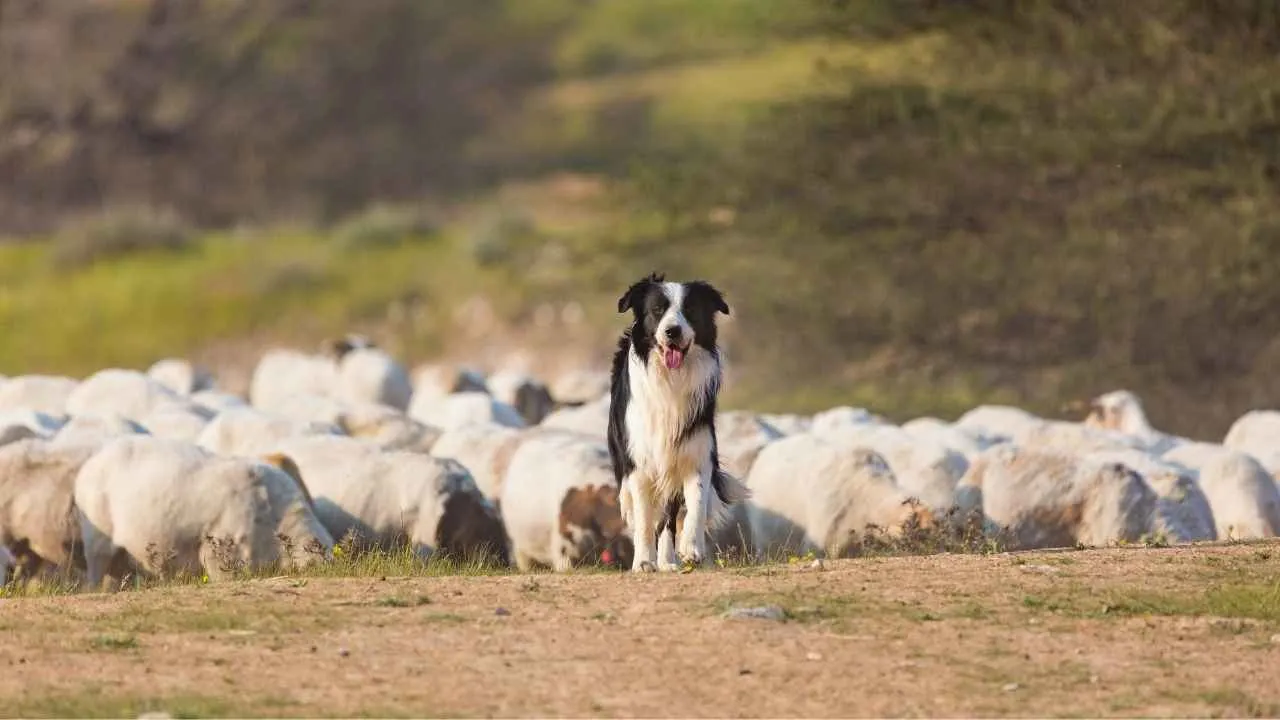
The Border Collie is often hailed as the most intelligent of all dog breeds, capable of learning and mastering complex commands with ease. Historically bred for herding, it has an innate drive to work and stay active. This focus makes it a natural leader among dogs.
The Border Collie thrives on constant activity. Owners often find that games, sports, and agility courses are perfect outlets for their energy. With such stamina, it easily stands out in competitive dog sports.
The breed’s alert nature and quick reflexes make it incredibly responsive to training. Its ability to interpret subtle cues and commands is unmatched. This sensitivity makes the Border Collie a favorite among handlers who require precision.
When seen through the lens of leadership, the Border Collie embodies authority without aggression. Its confident presence among other dogs stems from skill and intelligence, not dominance. This balance of brains and composure places it among the top head-of-the-pack breeds.
Families considering a Border Collie must remember it is not a low-maintenance companion. It’s high drive requires daily stimulation, and without it, the dog may resort to unwanted behaviors like excessive barking or herding people. With the right outlet, however, it flourishes as a remarkable pet.
Quick Tips
Incorporate agility or herding games into daily routines.
Use mental puzzles to prevent boredom-related behaviors.
4. Boxer
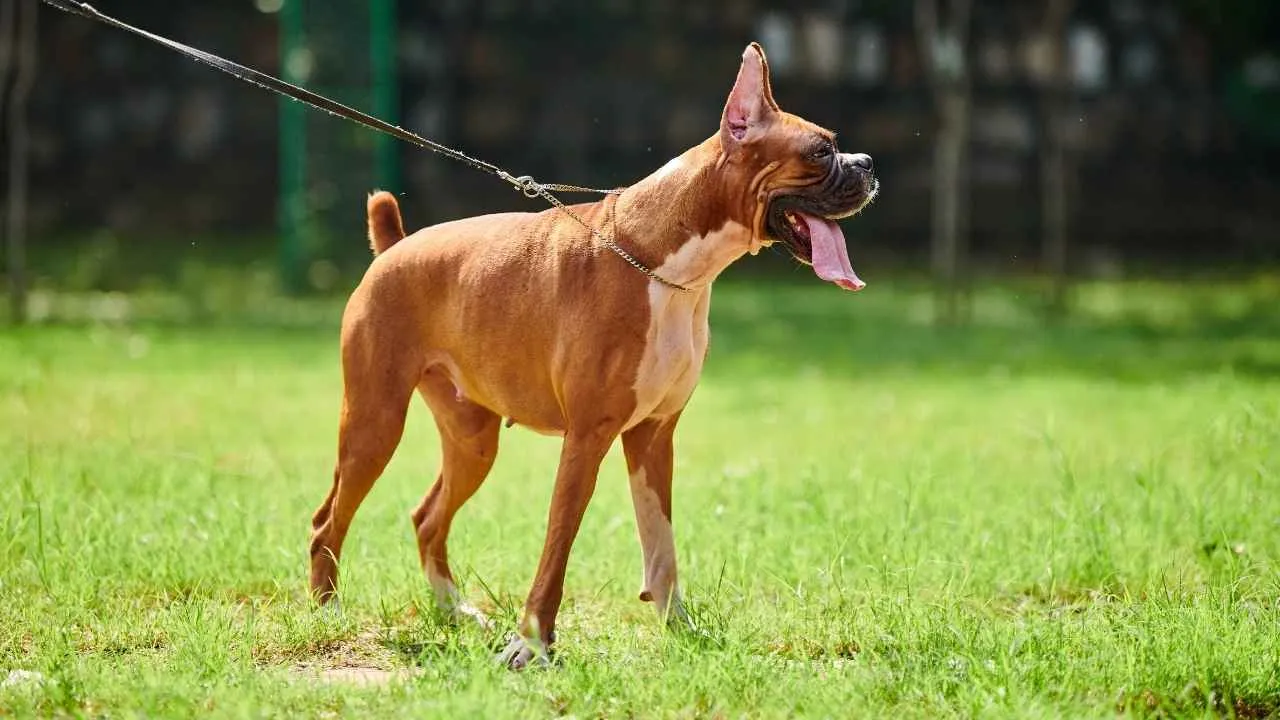
The Boxer is a breed brimming with energy and personality, often described as a perpetual puppy because of its playful nature. Despite its fun-loving demeanor, it carries a strong sense of loyalty and protection, making it an excellent family companion. Its combination of affection and courage keeps it at the top of many owners’ lists.
Boxers are athletic dogs with a history rooted in guarding and working roles. Their muscular build and stamina allow them to handle long hours of physical activity. Owners who enjoy an active lifestyle will find this breed a perfect partner.
When it comes to natural leadership qualities, the Boxer shows confidence without being overbearing. Its balanced temperament means it can stand out among other dogs while still maintaining a sense of friendliness. This makes it an approachable yet commanding presence.
Boxers also adapt well to family life, particularly in homes with children. Their playful spirit often shines in interactions with kids, while their protective side ensures that families feel safe. This dual role makes them versatile and dependable.
Because of their high energy, Boxers require consistent training and plenty of exercise. Without both, they can become restless or mischievous. Structured routines help channel their enthusiasm in positive directions.
Quick Tips
Give them daily exercise paired with structured training.
Provide interactive toys to keep their playful side engaged.
5. Doberman Pinscher
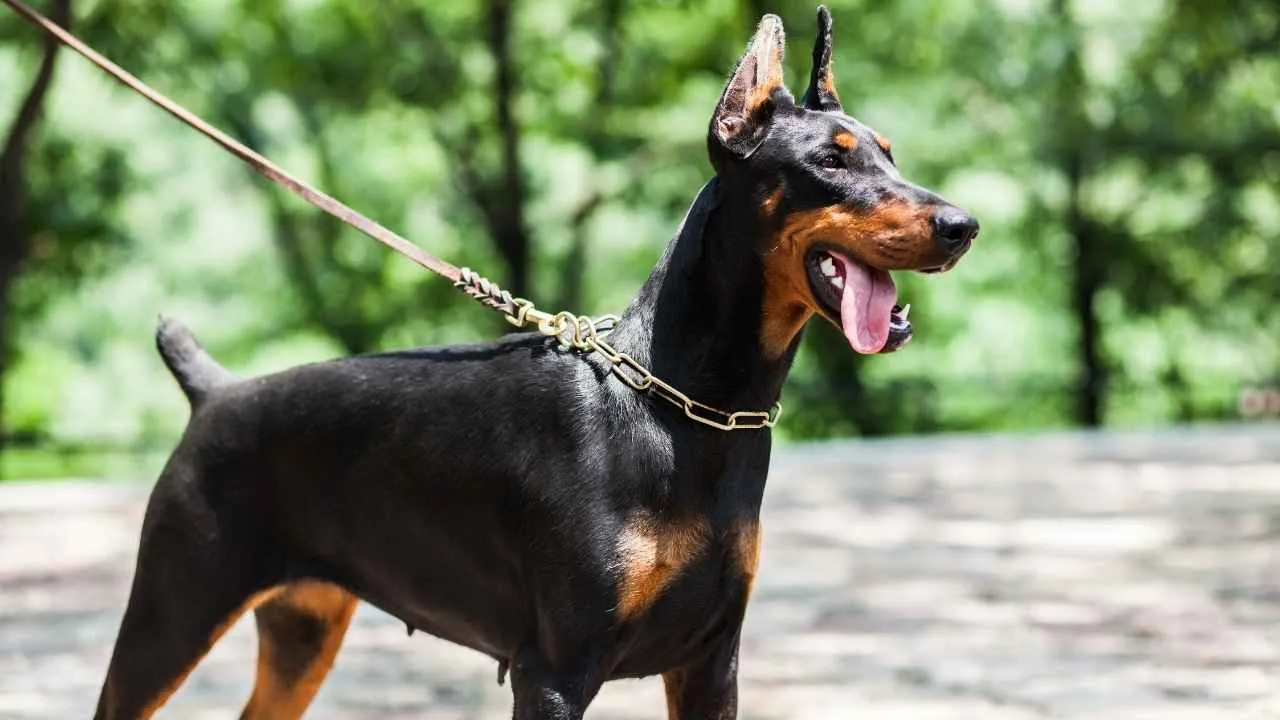
The Doberman Pinscher is often recognized for its striking appearance and powerful presence. Sleek, athletic, and highly intelligent, this breed was originally developed as a guard dog. Its sharp instincts and alertness allow it to thrive in protective roles.
At home, the Doberman combines loyalty with affection, often forming close attachments with its family. Its strong protective drive ensures it remains attentive to any potential threats. Owners frequently describe the breed as both a guardian and a companion.
In terms of leadership, the Doberman naturally exudes authority. Its confidence and ability to respond quickly to commands place it among the top breeds admired for strength and decisiveness. This makes it a standout in any head-of-the-pack discussion.
While it thrives in structured environments, the Doberman also enjoys play and mental challenges. Agility training, obedience work, and interactive games are great ways to meet its needs. Neglecting stimulation can lead to frustration or destructive habits.
The Doberman is best suited for owners who can provide both firm training and genuine affection. When balanced properly, this approach allows the breed’s protective instincts to flourish without becoming overly dominant.
Quick Tips
Combine obedience training with mental enrichment games.
Establish early socialization for balanced protective instincts.
6. Rottweiler
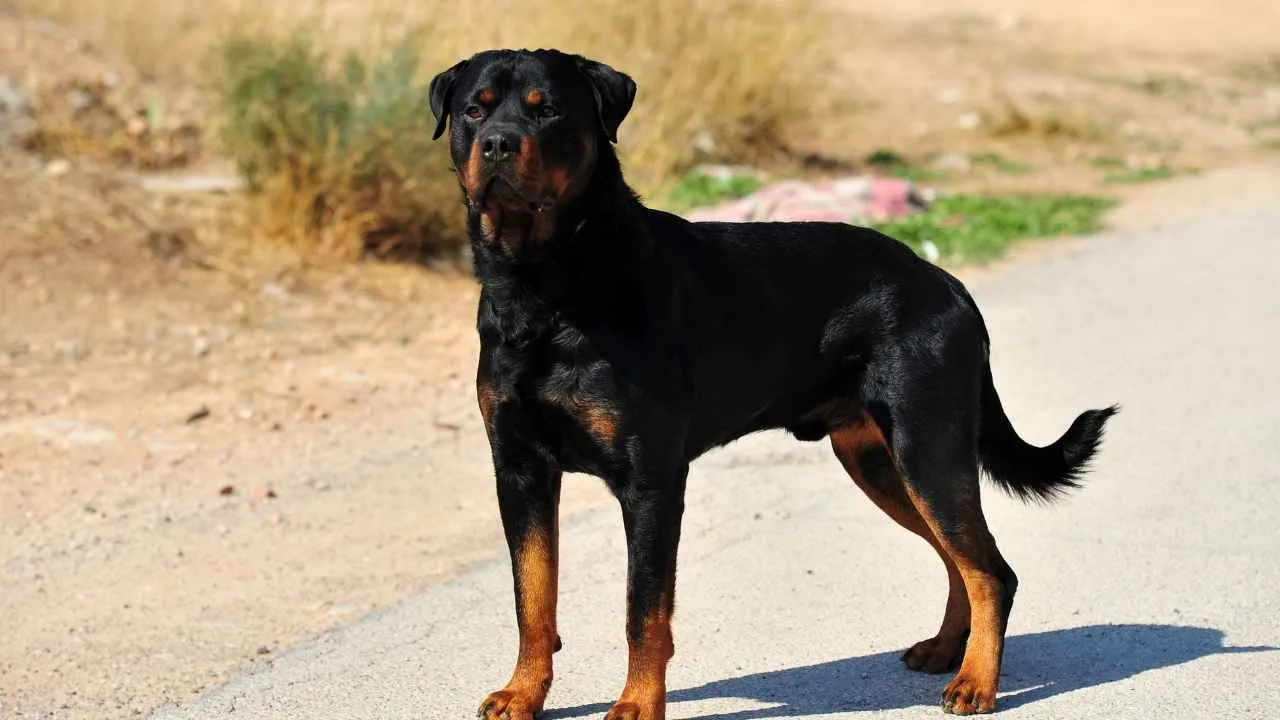
The Rottweiler’s reputation as a natural-born leader comes from its combination of intelligence and confidence. Often trusted in roles that require courage, it makes decisions with calm authority. This balance of strength and judgment sets it apart.
Rottweilers have a protective streak that makes them attentive to their surroundings. They are quick to notice changes and respond appropriately, which is why they are often seen as reliable guardians. This instinct, when paired with training, becomes one of their greatest assets.
As companions, they form deep bonds with their families, showing loyalty and affection at every turn. While they can be aloof with strangers, they are known to be warm and playful with those they trust. This duality keeps them both approachable and dependable.
Rottweilers balance bursts of energy with calm relaxation. Their ability to shift from playful to composed makes them versatile for various households. Owners often appreciate this steady rhythm.
Leadership qualities in the Rottweiler are expressed through quiet confidence rather than loud dominance. It stands tall through trustworthiness and judgment, making it a respected presence in any pack.
Quick Tips
Socialize early to nurture balanced confidence around new people.
Combine obedience training with mental challenges to keep it sharp.
7. Akita

The Akita is a breed with a commanding presence and a dignified demeanor. Known for its loyalty and protective instincts, it has been revered in its native Japan for centuries. Its courageous spirit often makes it the quiet leader in any setting.
One of the Akita’s defining traits is its strong bond with family. While often aloof with strangers, it is affectionate and deeply loyal to those it knows. This loyalty makes it both a steadfast companion and a natural guardian.
From a leadership perspective, the Akita stands out through its confidence and independence. It doesn’t seek constant validation but instead commands respect through its poised behavior. This calm authority is why many view it as a head-of-the-pack breed.
The Akita is also known for its reserved temperament. Unlike some high-energy breeds, it prefers measured activity balanced with quiet companionship. However, regular walks and mental engagement remain important to its well-being.
Because of its strength and independent nature, the Akita is best suited for experienced owners. With firm, consistent training and respect, this breed thrives and demonstrates its noble personality.
Quick Tips
Use consistent training paired with patient leadership.
Socialize early to balance its naturally reserved temperament.
Conclusion
Being a dog owner is about more than providing food or a place in the house — it’s about stepping into the leadership role your dog naturally expects. Whether you have one dog or many dogs, canines instinctively form packs, and maintaining order depends on a clear pack hierarchy. In this structure, the owner should always be the pack leader, guiding family members and other animals with calm authority.
Dogs were bred to work alongside humans, from guarding and hunting to protecting groups and property. In modern homes, that same instinct surfaces in guarding food, pawing for attention, or even biting when anxious.
The difference comes from training: when a dog is taught early to sit, to wait, and to respect boundaries, it learns control without fear. Using quality treats, toys, and challenges turns lessons into rewards while strengthening trust.
Like wolves in the wild, dogs find comfort in packs led by steady, confident leaders. When owners communicate clearly, protect their companions, and provide structure, both dogs and humans benefit — creating a household where friendship and respect thrive.


